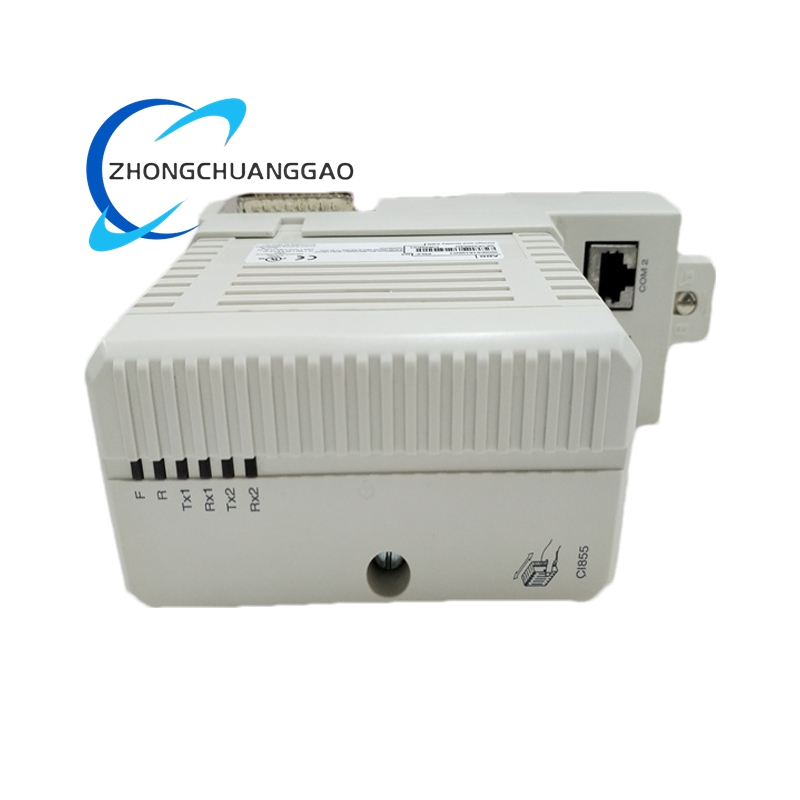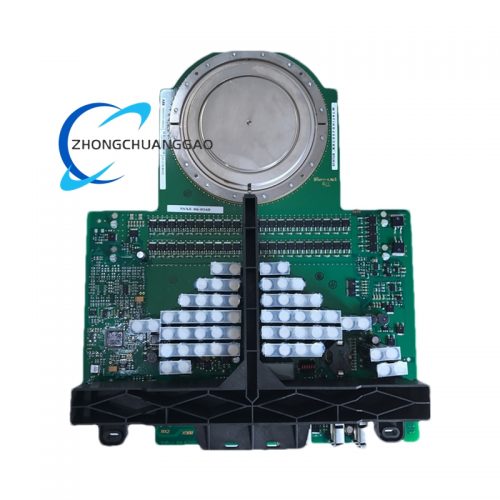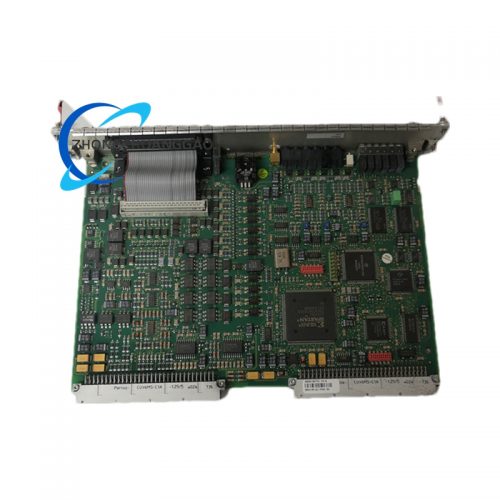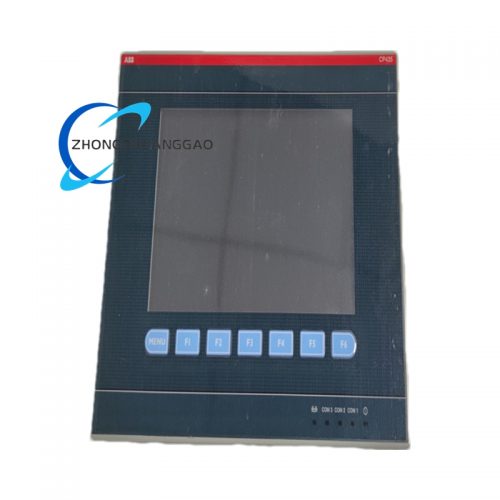Product Short Description
Technical Specifications
- Communication Protocols:
- PROFIBUS DP/DP-V1 (up to 12 Mbit/s).
- MasterBus 300 (MB300) for integration with ABB System 800xA DCS.
- Ethernet support (10/100 Mbps) for network redundancy.
- Channels:
- Dual independent communication channels for redundancy.
- Connectors:
- PROFIBUS DP: 9-pin D-sub female connectors.
- Ethernet: RJ45 ports for network redundancy.
- Power Supply:
- Dual power redundancy: DC 9-36 V (typical 24 V DC).
- Power consumption: <5 W.
- Protection: DC 1500 V voltage isolation, reverse polarity protection.
- Physical Dimensions:
- Width: 132 mm, Height: 105 mm, Depth: 52 mm.
Description
- Weight: Approximately 800 g.
- Operating Temperature: -10°C to +70°C (wide-temperature version: -40°C to +85°C).
- Storage Temperature: -40°C to +85°C.
- Relative Humidity: ≤90% (non-condensing).
- Protection Class: IP30 (dust and water resistance).
- Mounting: 35 mm DIN rail installation.
- Certifications:
- EN55022:2010 (RE), EN61000-4-2:2001 (ESD), EN61000-4-3:2006 (RS).
Functional Features
- High Reliability:
- Industrial-grade components ensure stable operation in extreme conditions (vibration, electromagnetic interference).
- Redundancy Support:
- Dual-channel design with network redundancy and hot-swapping capability minimizes downtime.

- Dual-channel design with network redundancy and hot-swapping capability minimizes downtime.
- Multi-Protocol Compatibility:
- Supports PROFIBUS DP/DP-V1, MB300, and Ethernet protocols for seamless integration with ABB and third-party devices.
- Self-Diagnostics and Protection:
- Built-in fault detection for fiber link failures and power issues, with relay alarm outputs (DC 48 V/1 A).
- Easy Installation:
- Modular design with DIN rail mounting simplifies setup and maintenance.
- Scalability:
- Part of the ABB AC 800M I/O system, allowing flexible expansion of I/O capacity.
Application Scenarios
- Factory Automation:
- Connects remote I/O modules, sensors, and actuators in automotive, electronics, and food/beverage manufacturing for real-time control.
- Process Control:
- Integrates smart instruments, valve positioners, and frequency converters in chemical, petrochemical, and pharmaceutical plants for distributed process monitoring.
- Energy Management:
- Monitors and controls motor control centers (MCCs), low-voltage switchgear, and renewable energy systems (e.g., wind turbines, solar inverters) in power generation and distribution networks.
- Water Treatment:
- Links water quality analyzers, pump stations, and control equipment to build automated water treatment systems with real-time data acquisition.
- Material Handling:
- Controls conveyors, stackers, and warehouse management systems in logistics centers for efficient automation of material flow.
- Building Automation:
- Manages HVAC, lighting, and security systems in smart buildings for energy-efficient operation.
Key Advantages
- Enhanced System Availability:
- Redundant design ensures continuous operation even during communication failures.
- Scalability:
- Modular architecture allows easy expansion to meet evolving automation needs.
- Cost Efficiency:
- Reduces wiring complexity and maintenance costs through multi-protocol support and hot-swapping capability.
- Future-Proofing:
- Aligns with Industry 4.0 trends by enabling integration with smart devices and predictive maintenance systems.




Reviews
There are no reviews yet.